Uncategorized
Pakistan pledges to release captive Indian fighter pilot

ISLAMABAD — Pakistan’s prime minister pledged on Thursday his country would release a captured Indian fighter pilot, a move that could help defuse the most serious confrontation in two decades between the nuclear-armed
Prime Minister Imran Khan made the announcement in an address to both houses of Parliament, saying he tried to reach his Indian counterpart Narendra Modi on Wednesday with a message that he wants to de-escalate tensions.
“We are releasing the Indian pilot as a goodwill gesture tomorrow,” Khan told lawmakers. He did not say whether the release was conditional.
An Indian government official, speaking on condition of anonymity as he was not authorized to speak publicly, warned that even if the pilot is returned home, New Delhi would not hesitate to strike its
Khan also said that he had feared Wednesday night that India might launch a missile attack, but the situation was later defused. He did not elaborate.
“Pakistan wants peace, but it should not be treated as our weakness,” Khan said “The region will prosper if there is peace and stability. It is good for both sides.”
Meanwhile, fresh skirmishes erupted Thursday between Indian and Pakistani soldiers along the so-called Line of Control that divides disputed Kashmir between the two nuclear-armed rivals.
India’s army said Pakistani soldiers were targeting nearly two dozen Indian forward points with mortar and gunfire. Lt. Col. Devender Anand, an Indian army spokesman, called it an “unprovoked” violation of the 2003 cease-fire accord between the two countries. He said Indian soldiers were responding to ongoing Pakistani attacks along the highly militarized de-facto frontier.
World powers have called on the nations to de-escalate the tensions gripping the contested region since a Feb. 14 suicide bombing killed over 40 Indian paramilitary troops in Indian-controlled Kashmir. India responded with a pre-dawn airstrike on Tuesday inside Pakistan, the first such raid since the two nations’ 1971 war over territory that later became Bangladesh.
The situation then escalated further with Wednesday’s aerial skirmish, which saw Pakistan say it shot down two Indian aircraft, one of which crashed in Pakistan-held part of Kashmir and the other in India-controlled Kashmir. Pakistan later aired a video of a man it identified as the Indian pilot.
India acknowledged one of its MiG-21s, a Soviet-era fighter jet, was “lost” in skirmishes with Pakistan. India’s Ministry of External Affairs said late Wednesday that it “strongly objected to Pakistan’s vulgar display of an injured personnel of the Indian Air Force,” and that it expects his immediate and safe return.
India also said it shot down a Pakistani warplane, something Islamabad denied.
Kashmir has been divided but claimed in its entirety by both India and Pakistan since almost immediately after the two countries’ creation in 1947. They have fought three wars against each other, two directly dealing with the disputed region.
Both Indian and Pakistani officials reported small-arms fire and shelling along the Kashmir region into Thursday morning. There were no reported casualties.
Authorities in Pakistani-controlled Kashmir closed all schools and educational institutions in the region and are urged parents to keep their children at home amid mounting tension with
Pakistan’s Foreign Ministry spokesman Mohammad Faisal acknowledged his country received a “dossier” from India about the Feb. 14 attack. He refused to provide details about the information that New Delhi has shared.
World leaders weighing in on the tension included President Donald Trump, who began remarks at a news conference Thursday in Vietnam after meeting North Korean leader Kim Jong Un by focusing on India and Pakistan.
“I think hopefully that’s going to be coming to an end,” Trump said, without elaborating. “It’s been going on for a long time — decades and decades. There’s a lot of dislike, unfortunately, so we’ve been in the middle trying to help them both out, see if we can get some organization and some peace, and I think probably that’s going to be happening.”
Pakistan Foreign Minister Shah Mahmood Qureshi also said Adel al-Jubeir, Saudi Arabia’s minister of state for foreign affairs, planned to come to Islamabad with an urgent message from the kingdom’s powerful Crown Prince Mohammed bin Salman.
Modi, in his first remarks since the pilot’s capture, gave a rallying speech ahead of elections in the coming months.
“Our
Just weeks before general elections are due in India, the head of Modi’s party in India’s Karnataka state, B.S. Yeddyurappa, said India’s pre-dawn airstrikes in Pakistan on Tuesday would help the party at the polls.
The violence Wednesday marked the most serious escalation of the long-simmering conflict since 1999, when Pakistan’s military sent a ground force into Indian-controlled Kashmir at Kargil. That year also saw an Indian fighter jet shoot down a Pakistani naval aircraft, killing all 16 on board.
This latest wave of tension between the two rivals first began after the militant group Jaish-e-Mohammad claimed responsibility for a Feb. 14 suicide bombing on Indian paramilitary forces on the Indian side of Kashmir that killed more than 40 troops.
India long has accused Pakistan of cultivating such militant groups to attack it. Pakistan has said it was not involved in that attack and was ready to help New Delhi in the investigation.
___
Associated Press writers Aijaz Hussain in Srinagar, India, Ashok Sharma and Emily Schmall in New Delhi, Roshan Mughal in Muzafarabad, Pakistan, Adam Schreck in Hanoi, Vietnam, and Jon Gambrell in Dubai, United Arab Emirates, contributed to this report.
Munir Ahmed And Kathy Gannon, The Associated Press
Uncategorized
Kananaskis G7 meeting the right setting for U.S. and Canada to reassert energy ties


Energy security, resilience and affordability have long been protected by a continentally integrated energy sector.
The G7 summit in Kananaskis, Alberta, offers a key platform to reassert how North American energy cooperation has made the U.S. and Canada stronger, according to a joint statement from The Heritage Foundation, the foremost American conservative think tank, and MEI, a pan-Canadian research and educational policy organization.
“Energy cooperation between Canada, Mexico and the United States is vital for the Western World’s energy security,” says Diana Furchtgott-Roth, director of the Center for Energy, Climate and Environment and the Herbert and Joyce Morgan Fellow at the Heritage Foundation, and one of America’s most prominent energy experts. “Both President Trump and Prime Minister Carney share energy as a key priority for their respective administrations.
She added, “The G7 should embrace energy abundance by cooperating and committing to a rapid expansion of energy infrastructure. Members should commit to streamlined permitting, including a one-stop shop permitting and environmental review process, to unleash the capital investment necessary to make energy abundance a reality.”
North America’s energy industry is continentally integrated, benefitting from a blend of U.S. light crude oil and Mexican and Canadian heavy crude oil that keeps the continent’s refineries running smoothly.
Each day, Canada exports 2.8 million barrels of oil to the United States.
These get refined into gasoline, diesel and other higher value-added products that furnish the U.S. market with reliable and affordable energy, as well as exported to other countries, including some 780,000 barrels per day of finished products that get exported to Canada and 1.08 million barrels per day to Mexico.
A similar situation occurs with natural gas, where Canada ships 8.7 billion cubic feet of natural gas per day to the United States through a continental network of pipelines.
This gets consumed by U.S. households, as well as transformed into liquefied natural gas products, of which the United States exports 11.5 billion cubic feet per day, mostly from ports in Louisiana, Texas and Maryland.
“The abundance and complementarity of Canada and the United States’ energy resources have made both nations more prosperous and more secure in their supply,” says Daniel Dufort, president and CEO of the MEI. “Both countries stand to reduce dependence on Chinese and Russian energy by expanding their pipeline networks – the United States to the East and Canada to the West – to supply their European and Asian allies in an increasingly turbulent world.”
Under this scenario, Europe would buy more high-value light oil from the U.S., whose domestic needs would be back-stopped by lower-priced heavy oil imports from Canada, whereas Asia would consume more LNG from Canada, diminishing China and Russia’s economic and strategic leverage over it.
* * *
The MEI is an independent public policy think tank with offices in Montreal, Ottawa, and Calgary. Through its publications, media appearances, and advisory services to policymakers, the MEI stimulates public policy debate and reforms based on sound economics and entrepreneurship.
As the nation’s largest, most broadly supported conservative research and educational institution, The Heritage Foundation has been leading the American conservative movement since our founding in 1973. The Heritage Foundation reaches more than 10 million members, advocates, and concerned Americans every day with information on critical issues facing America.
Uncategorized
Poilievre on 2025 Election Interference – Carney sill hasn’t fired Liberal MP in Chinese election interference scandal
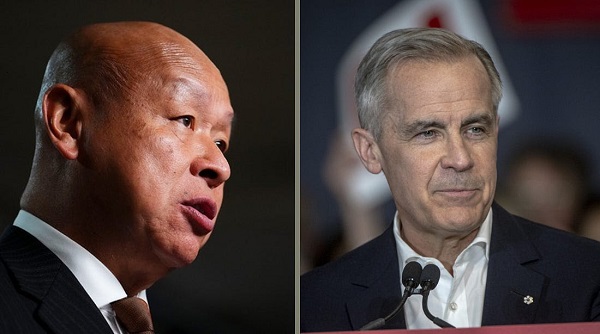
From Conservative Party Communications
“Yes. He must be disqualified. I find it incredible that Mark Carney would allow someone to run for his party that called for a Canadian citizen to be handed over to a foreign government on a bounty, a foreign government that would almost certainly execute that Canadian citizen.
“Think about that for a second. We have a Liberal MP saying that a Canadian citizen should be handed over to a foreign dictatorship to get a bounty so that that citizen could be murdered. And Mark Carney says he should stay on as a candidate. What does that say about whether Mark Carney would protect Canadians?
“Mark Carney is deeply conflicted. Just in November, he went to Beijing and secured a quarter-billion-dollar loan for his company from a state-owned Chinese bank. He’s deeply compromised, and he will never stand up for Canada against any foreign regime. It is another reason why Mr. Carney must show us all his assets, all the money he owes, all the money that his companies owe to foreign hostile regimes. And this story might not be entirely the story of the bounty, and a Liberal MP calling for a Canadian to be handed over for execution to a foreign government might not be something that the everyday Canadian can relate to because it’s so outrageous. But I ask you this, if Mark Carney would allow his Liberal MP to make a comment like this, when would he ever protect Canada or Canadians against foreign hostility?
“He has never put Canada first, and that’s why we cannot have a fourth Liberal term. After the Lost Liberal Decade, our country is a playground for foreign interference. Our economy is weaker than ever before. Our people more divided. We need a change to put Canada first with a new government that will stand up for the security and economy of our citizens and take back control of our destiny. Let’s bring it home.”
-

 espionage1 day ago
espionage1 day agoFrom Sidewinder to P.E.I.: Are Canada’s Political Elites Benefiting from Beijing’s Real Estate Reach?
-
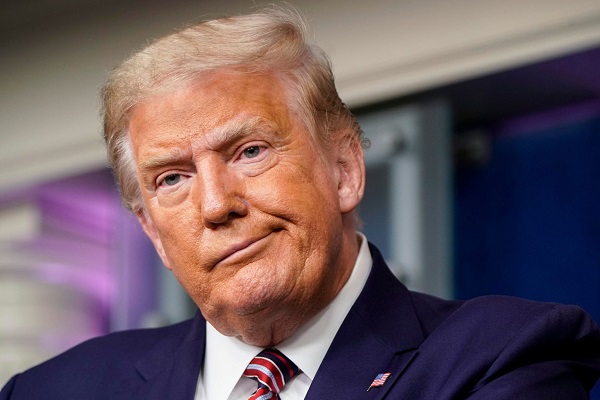
 Business2 days ago
Business2 days agoCanada’s critical minerals are key to negotiating with Trump
-
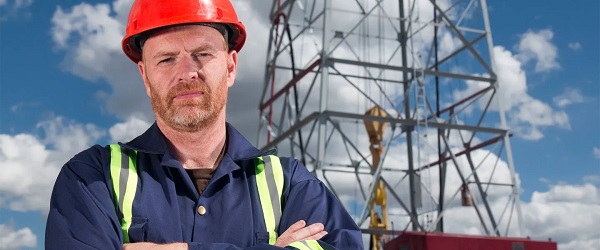
 Business23 hours ago
Business23 hours agoSenator wants to torpedo Canada’s oil and gas industry
-
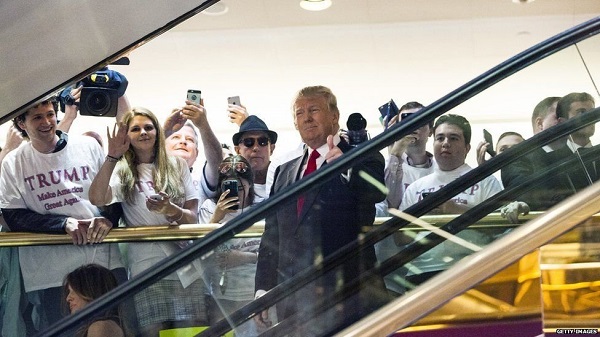
 Bruce Dowbiggin23 hours ago
Bruce Dowbiggin23 hours agoFUBAR: How Trudeau & Trump Rewrote This Century’s Political Handbook
-
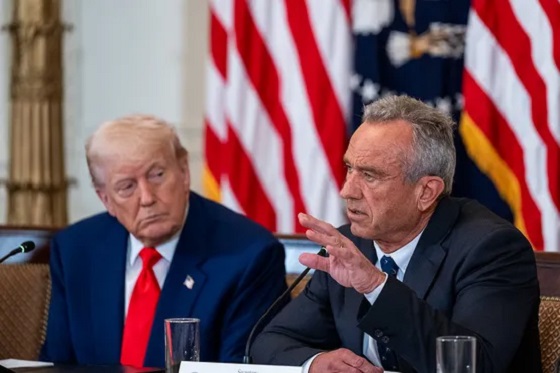
 Business2 days ago
Business2 days agoRFK Jr. planning new restrictions on drug advertising: report
-
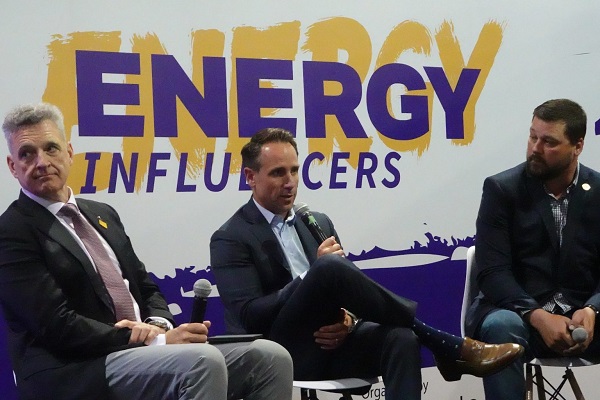
 Alberta1 day ago
Alberta1 day agoAlberta’s carbon diet – how to lose megatonnes in just three short decades
-
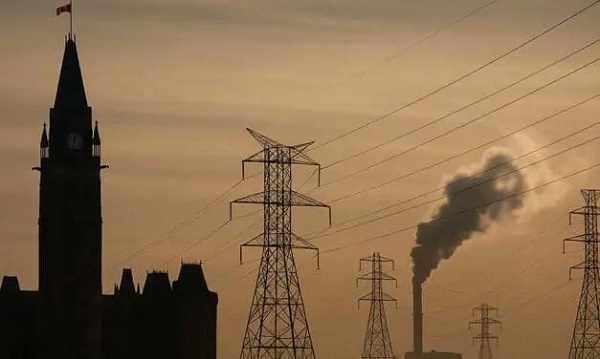
 Energy1 day ago
Energy1 day agoWho put the energy illiterate in charge?
-
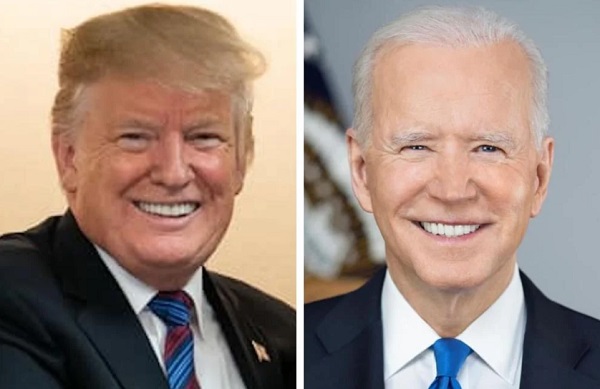
 espionage1 day ago
espionage1 day agoFBI Buried ‘Warning’ Intel on CCP Plot to Elect Biden Using TikTok, Fake IDs, CCP Sympathizers and PRC Students—Grassley Probes Withdrawal






